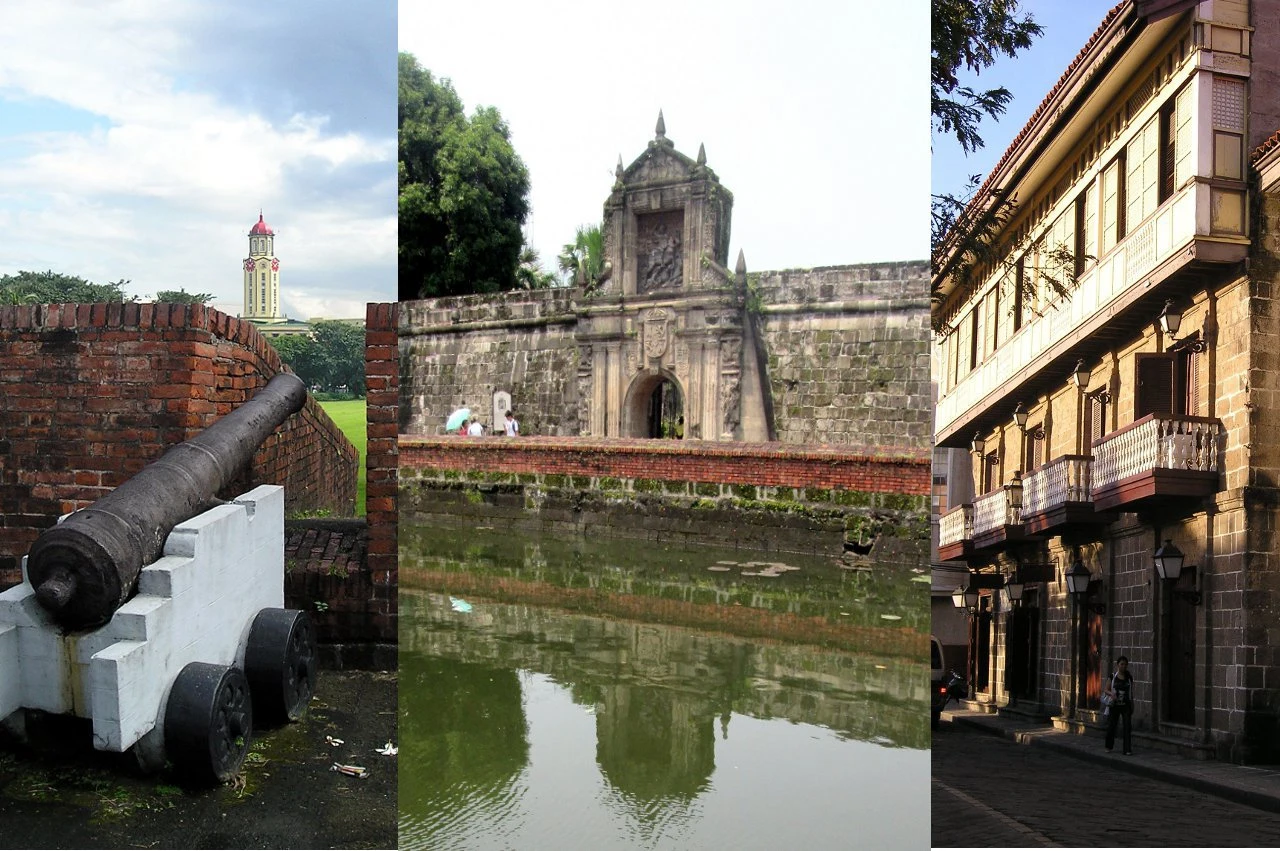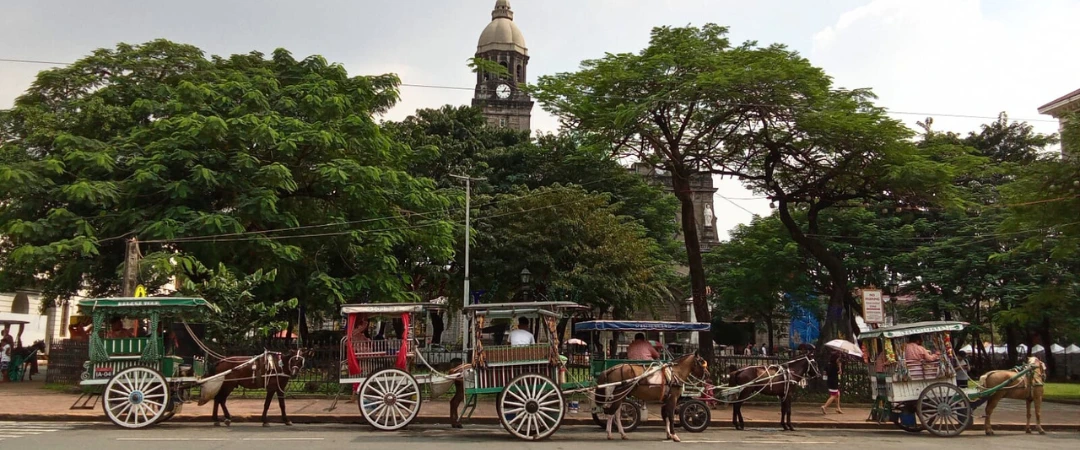QUIAPO
Named after the aquatic plant kiyapo (Pistia aka water cabbage) that's found abundantly on Pasig river where it sits, Quiapo is a district of contradiction. On one hand, you have Quiapo church - one of the city's most iconic thanks to the feast of the Black Nazarene (every January) and on the other, you have fortune tellers and vendors just outside the church doors selling talismans, bottles of unmentionable concoctions to make any lady un-pregnant. As if that's not enough to make you scratch you head, did you know that there is a sizable Muslim population in the area, too? During the time of the Marcos regime, the former first lady supervised the construction of Masjid al-dahab (Golden Mosque) in preparation for the 1976 visit of the late dictator President Ghadaffi. His visit got cancelled. If you are looking for bargain quirky finds, head to Ils-de-Tuls (ilalim ng tulay) which literally means under the bridge. Here you can easily score budget-friendly handicrafts of various shapes and sizes as souvenir for your visit.
BINONDO / CHINATOWN
The country's Chinatown is found in Binondo. Established on the 16th century, it is the world's oldest Chinese enclave outside of China, Taiwan and Singapore. The district was created by Governor Dasmariñas to be the settlement of Chinese immigrants (Sangley) so they can be indoctrinated with Christian beliefs and finally turn them to Roman Catholics. All those who refused to convert were executed. Chinese mestizos refer to the children of Catholic Chinese and Filipinos. The first Filipino saint, San Lorenzo Ruiz, was a Chinese Filipino and was from Binondo. Due to the strong influence of the Chinese tradition and the Catholic belief, you will find churches and Buddhist temples in the same district. When visiting the capital's Chinatown it is best to set your expectations right - you are NOT going to China so leave your stereotypical thoughts behind on how the place should look like. A trip to Chinatown is a culinary delight so take an empty stomach and an open mind. Most of the food are Hokien-influenced as the Chinoys are mostly from Hokien. Feast on tikoy (sticky rice), sio mai (siu mai or dumplings), sio pao (steamed buns), hopia (mooncake) and different permutations of mami (noodle soup). Wash down your meal with some Chinese tea that are also available in Binondo. Chinoys (Chinese Pinoys) make up about three percent of the country's population and have played important roles in Philippine business and politics. Most of the big shopping malls in the country are owned by Chinese Pinoys. Three of the Philippine presidents are Chinoys.
RIZAL PARK
Also referred to as Luneta, Rizal park is popular to Manileños not only because the country's national hero's buried there but because its landscape is one of the few remaining open spaces in the metro. Every weekend, you will see throngs of people of all ages aerobic dancing in the early morning, runners logging their miles, martial artists practicing their katas and street performers showing their craft. Families picnic at the grassy area while couples profess their undying love by the bay. Rizal park has been a silent witness of major national events ranging from public executions (garrote), political rallies, sporting events to papal visits. Located along Roxas boulevard, this 58-hectare park is divided into three major parts. The prominent figures in the park include the Rizal monument, Kilometer zero marker and the relief Philippine map.
CHINESE CEMETERY
Walking into the Chinese cemetery, you wouldn't think you're going to a graveyard but in fact to a posh gated subdivision. The mausoleums look like mansions and some have in fact two floors of grandeur. From an outsider's point of view, these all look ridiculous and unnecessary but as with most Asian countries, keeping a strong family tie is important so these structures were built in such a way that even the living are comfortable when they visit their deceased loved ones. The mausoleums are fully equipped with air-conditioning, functioning toilets, kitchens with hot and cold water! It is common for Chinese Filipino families to spend their family lunch at their mausoleums over the weekend. Leasing a lot at the cemetery does not come cheap. Some can cost as high as Php50M for a long-term rent after-which they need to renew their lease otherwise they will be transferred to another area. For those who can't afford to pay the high rent, the Chinese Cemetery has the "budget" section where the plots are narrower and are located farther away from the gates. The Manila Chinese Cemetery was established on the 19th century to be the graveyard of the Chinese nationals who were denied a "decent" burial from Catholic cemeteries.





